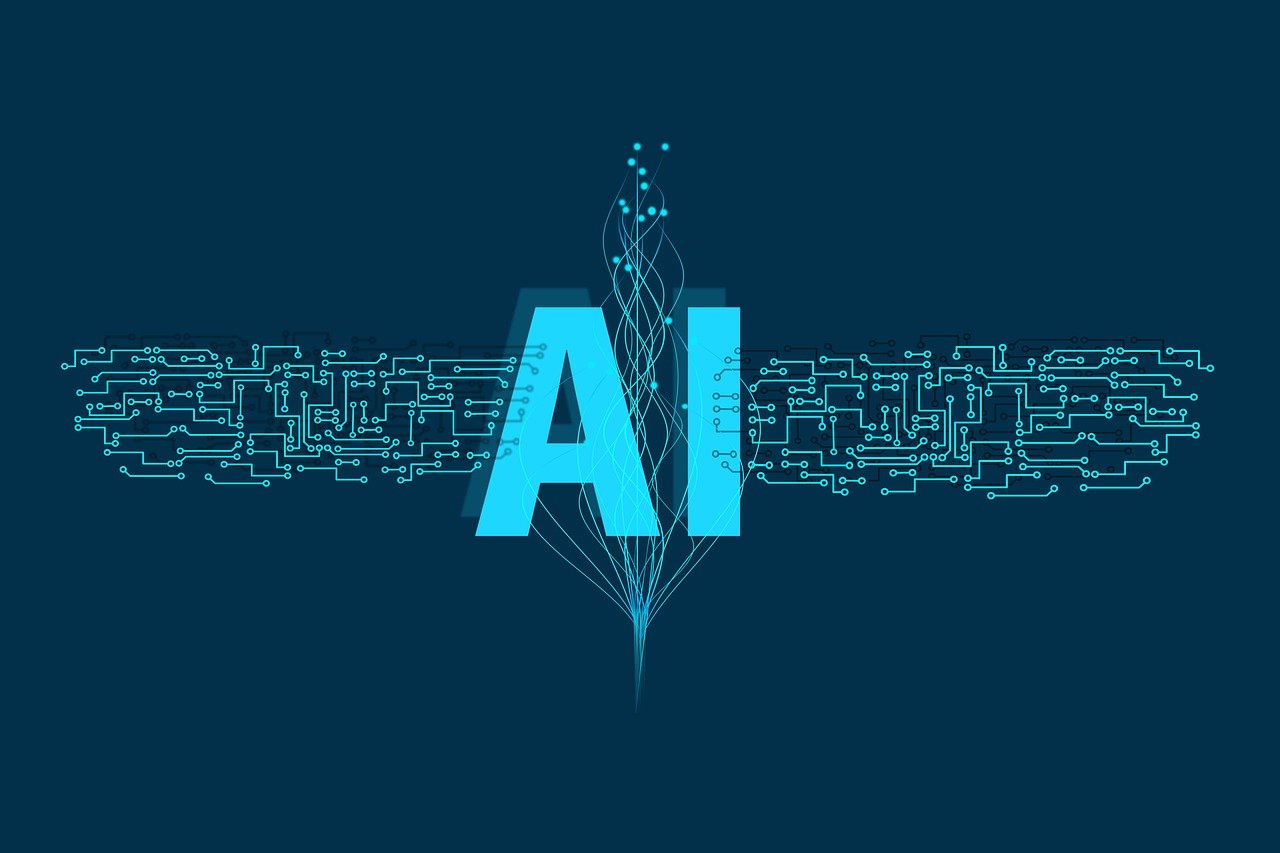Artificial Intelligence in Research.
A new
study by experimenters at MIT and Massachusetts General Hospital has plant that
the day may come when advanced artificial intelligence systems can help
anesthesiologists in the operating room.
In a special edition of Artificial
Intelligence in Medicine, a platoon of neuroscientists, masterminds and
croakers demonstrated a machine learning algorithm for the nonstop automatic
dosing of anesthetic medicine propofol. Using a deep underpinning learning
operation, in which the software's neural networks contemporaneously learn how
to maintain its dosing preferences and how to notice the effectiveness of its
own conditioning, the algorithm refers to cases with sophisticated,
physiological- grounded simulations. This nearly matches the performance of
factual anesthesiologists when it shows what it'll do to maintain anesthesia
given the information recorded from the nine factual surgeries.
Advances in algorithms increase the
eventuality for computers to maintain patient anesthesia, freeing
anesthesiologists from all their other liabilities in the operating room, icing
that cases remain immobile, don't feel any pain, are physically stable, and
admit acceptable oxygen. Co-authored by Gab Scamburg and Marcus Bazlelli.
The
exploration platoon has designed a machine literacy system that won't only
educate how to cure propofol to maintain the case's unconsciousness, but also
how to do it in a way that will optimize the quantum of medicine administered.
They did this by finishing the software with two affiliated neural networks
one" actor" was responsible for deciding how important medicine to
cure each moment and one "critic" whose job it was to help the actor
bear in a way that maximizes the" prices" set by the programmer.
Makes. For illustration, the experimenters experimented with algorithm training
using three different prices one that only punishes overdose, one that
questions the force of any cure, and one that doesn't put any forfeitures.
In each case they train patients with
algorithms with simulations that employ advanced models of both
pharmacokinetics, or how quickly the propofol dose reaches the relevant area of
the brain after the doses are administered, and pharmacodynamics, or how the
drug changes its destination. Meanwhile, the patient's level of unconsciousness
was reflected in the measurements of the brain waves because they could be in
the actual operating room. By running hundreds of rounds of simulations with
different values for these conditions, both the actor and the critic can
learn to play their role for different types of patients.
The most
effective reward system became the "dose penalty", in which critics
questioned each dose given by the actor, constantly reprimanding the actor for
continuing the minimum dose required to maintain unconsciousness. The system
sometimes overdoses without any dosing penalty and with just one overdose
penalty it sometimes pays very little. The "dose penalty" model
learned more quickly and produced fewer errors than other standard models and
traditional standard software, a "proportional integral derivatives"
regulator.
During
most of the experiments, the dosage choices of the algorithm were closely
linked with the obstetricians, after being induced after anesthesia, and it was
no longer necessary. However, the algorithm adjusts the dose as often as every
five seconds while anesthesiologists (who all had more to do) usually do it
every 20-30 minutes, Bazley noted.
Experiments
have shown that the algorithm is not optimized to induce unconsciousness in the
first place, the researchers acknowledged. The software also doesn't know about
her own will when the surgery is over, they added, but it's an easy task for an
anesthesiologist to handle the procedure.
One of the
most important challenges any AI system is likely to face, Smomberg said, is
whether the data it is being fed about the patient's unconsciousness is
entirely accurate. Another active area of research in the Brown Lab of MIT
and MGH is to improve the interpretation of data sources, such as brain wave
signals, to improve the quality of patient observation data under anesthesia.
In addition
to Schamberg, Bazley and Brown, the other authors of the paper are Benyamin
Meschede-Krasa and Ohyoon Kwon.
The study
was funded by the JPB Foundation and the National Institutes of Health.
Read more


